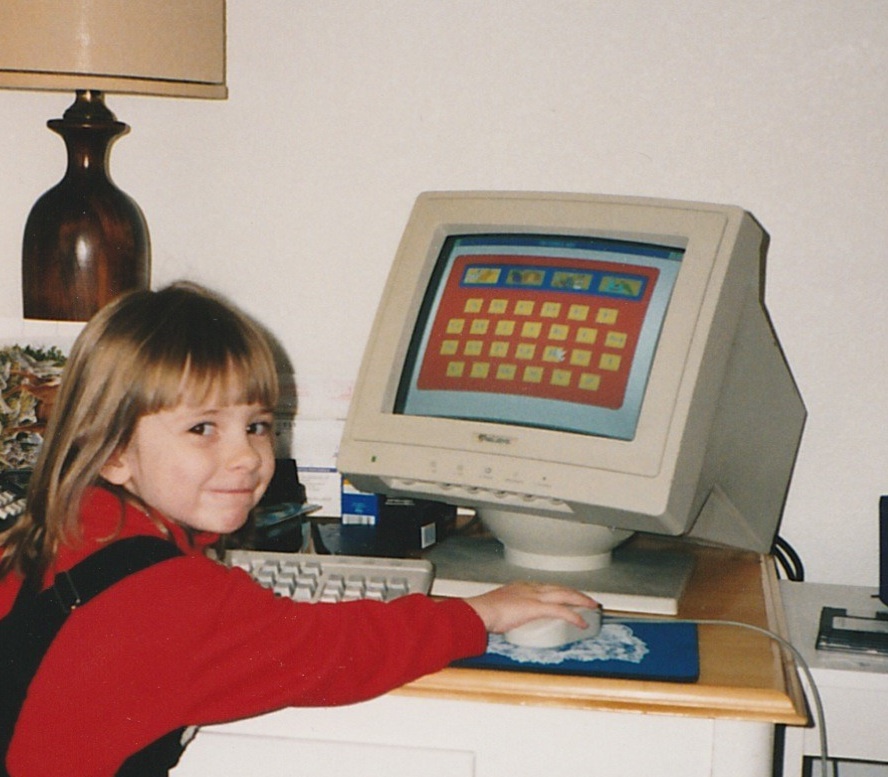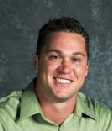Let us start by saying “NO! We are not old!” We are just getting to that place where the new teachers look more and more like our students than they do like us. (: In all honesty we both feel very young, and we have a love of learning that only seems to grow with our years. It is one of the things that drew us together and one of the things that keeps our classroom alive. Over the past four years, we have thrown ourselves into whatever opportunities we could to learn about technology, blended learning, personalization, data, mastery grading, growth mindset, and the list goes on. We are so happy that we can say that we were able to take away at least a nugget from every learning opportunity. The list below constitutes a partial list of the books we have read and classes/experiences we have taken part in since the start of our blended learning classroom four years ago. We also will give a huge plug to YouTube at this point in the post as we have devoured more hours of video instruction than we can count. We share this list with you for two reasons; first, we hope it inspires you to embrace learning alongside your students and second, to give you some ideas of where you can find inspiration to build your skill set.
Books:
Blended Learning in Grades 4-12: Leveraging the Power of Technology to Create Student-Centered Classrooms by Catlin R. Tucker
From Amazon “In this step-by-step guide, Catlin Tucker provides concrete strategies, ready-to-use resources, and sample rubrics grounded in the Common Core State Standards”
Flip Your Classroom: Reach Every Student in Every Class Every Day by Jonathan Bergmann
From Amazon “Learn what a flipped classroom is and why it works and get the information you need to flip a classroom. You’ll also learn the flipped mastery model, where students learn at their own pace-furthering opportunities for personalized education.”
The Blended Classroom: A Guide for Technology Supported Learning by Kerry Rice
This book was written by one of Tammy’s professors at Boise State University. Amazon describes the book in this manner “If you find yourself wondering how to begin, then this guide is for you. In it, you will be shown how to put student learning first using a strategic framework for implementing blended learning. Practical strategies using a variety of technology tools are included, but technology is not the focus. The focus is on thinking through the most important aspect of this transformation; your teaching practice. Alignment of blended learning with the Common Core State Standards and competency-based learning are also addressed.”
Ready-to-Use Resources for Mindsets in the Classroom by Mary Cay Ricci
As we have been working towards a growth mindset community, we have relied heavily on the work of Carol Dweck. We also found this book helpful with some easy to use lessons that we could put into place to support our work. Amazon states “this book is perfect for schools looking to implement the ideas in Mindsets in the Classroom quickly, easily, and successfully.”
Making the move to K-12 online teaching: Research-based strategies and practices by Kerry Rice
Another very helpful book by Kerry rice, this is filled with a wealth of information. Amazon describes it as “Unique in its focus on K-12 learning, this book shows educators how to transform their teaching as they move from traditional face-to-face classrooms to online settings.”
Integrating Educational Technology into Teaching (6th Edition) by M. D. Roblyer and Aaron H. Doering
“Using hundreds of lesson examples and recommended resources, the text balances the theory-based “why” and the practical “how” of using technology to support and shape the future of technology in education.” (Amazon)
PBL in the Elementary Grades by Sara Hallermann, John Larmer, John R. Mergendoller
We feel that this book is a great reference to use after attending training on PBL. Amazon describes it this way “Designed for teachers of Kindergarten through 5th grade students, PBL in the Elementary Grades contains down-to-earth, classroom-tested advice for project planning, assessment, and management.”
Professional Development Offered Through Our District:
Schoology for Secondary Educators: We took this course as our new LMS, Schoology, was being rolled out to the district. At that time the class was not available for elementary, but as we have found with most of our learning, with minor tweaks many tools/strategies can be modified to work with all learners.
Introduction to Google Drive: We live in the world of Drive, as do our students. This initial course got us started on the path to collaboration, project choice for our students, and showed us how easily technology can be integrated into our subject matter.
Smartboard Training: In this course we learned how to create Smart lessons as well as access lessons already created.
Flipping your Classroom: Another class which was designed for high school teachers, we were able to learn the basics and now regularly utilize flipped lessons within our classroom.
Embedding Web 2.0: In this course we were taught how to use and integrate into Schoology several tools including Animoto, Educreations and Prezi.
PowerTeacher Gradebook (K-5 grades): Our district uses PowerTeacher for gradecards. This course taught us how to utilize the gradebook features within the platform. We have chosen not to use the gradebook at this time as it is not viewable by parents (our Schoology gradebooks are shown in “realtime” to both parents and students) but we do like knowing the features in case we want to move towards the gradebook in the future.
Think Tank: Think Tank is a 3-Day conference which our district has delivered over the past two years. Teachers and administrators from both within the district and outside of the district deliver professional development on innovative classroom practices. Amy attended a participant last summer in its first year of inception and she and Tammy presented their blended learning model in the second year.
Workshops/Conferences Outside of Our District:
OhEdTech Conference: “The Ohio Educational Technology Conference (OETC) is the premier P-20 state educational technology conference. Each year, more than 4,000 educational technology professionals and enthusiasts come together to explore the forefront of P-20 learning and innovation in Ohio. For three full days, attendees can learn what’s new and look towards the future by exploring new technologies, trying them out in a interactive atmosphere, and learning how to integrate them into the learning environment.”
PBL Institute (ESC of Central Ohio): “The PBL Ohio Institute is a collaboration with the Buck Institute for Education (BIE) and ESC of Central Ohio. Fully facilitated by BIE national faculty, the PBL Ohio Institute features exemplary learning academies, inspiring keynote speakers (from PBL practioners and students), and community building opportunities to catalyze transformational change in teaching and learning. ”
4Cs Institute 2016 (Otterbein): “This institute introduces the “4Cs” and supports teachers’ efforts to integrate the 4Cs in their own practice. Each day, the Top 5 strategies for cultivating the targeted 4C will be shared and teachers will participate in active learning experiences modeled by Otterbein professors that are grounded in research and theory.”
Online Classes: Boise State University- These classes were all taken by Tammy as she completed her master’s degree in educational technology. Our extensive collaborative planning has allowed Tammy to share these ideas with Amy so that we are both able to utilize the newfound skills within our classroom. Links will take you to the course syllabi to learn more about the standards addressed within each course.
EDTECH 501 Introduction to Educational Technology
EDTECH 502 The Internet for Educators
EDTECH 503 Instructional Design for Educators
EDTECH 504 Theoretical Foundations of Educational Technology
EDTECH 505 Evaluation for Educational Technologists
EDTECH 521 Online and Blended Teaching K-12
EDTECH 523 Advanced Online and Blended Teaching
EDTECH 537 Blogging in the Classroom
EDTECH 541 Integrating Technology into the Classroom Curriculum
EDTECH 542 Technology-Supported Project-Based Learning
EDTECH 592 Portfolio Tammy’s portfolio can be found here


 Jake LeGros is a 5th grade teacher in Olentangy Local Schools. In addition to being an innovative teacher within his own classroom, Jake holds the position of technology chair within his building and provides training and technology resources to teachers throughout the entire district.
Jake LeGros is a 5th grade teacher in Olentangy Local Schools. In addition to being an innovative teacher within his own classroom, Jake holds the position of technology chair within his building and provides training and technology resources to teachers throughout the entire district. Kevin Pulfer is a third-grade teacher in the Olentangy School District located just outside of Columbus, Ohio. He regularly incorporates innovative practices into his classroom, is a technology leader within his school, and provides training to teachers throughout the district.
Kevin Pulfer is a third-grade teacher in the Olentangy School District located just outside of Columbus, Ohio. He regularly incorporates innovative practices into his classroom, is a technology leader within his school, and provides training to teachers throughout the district.